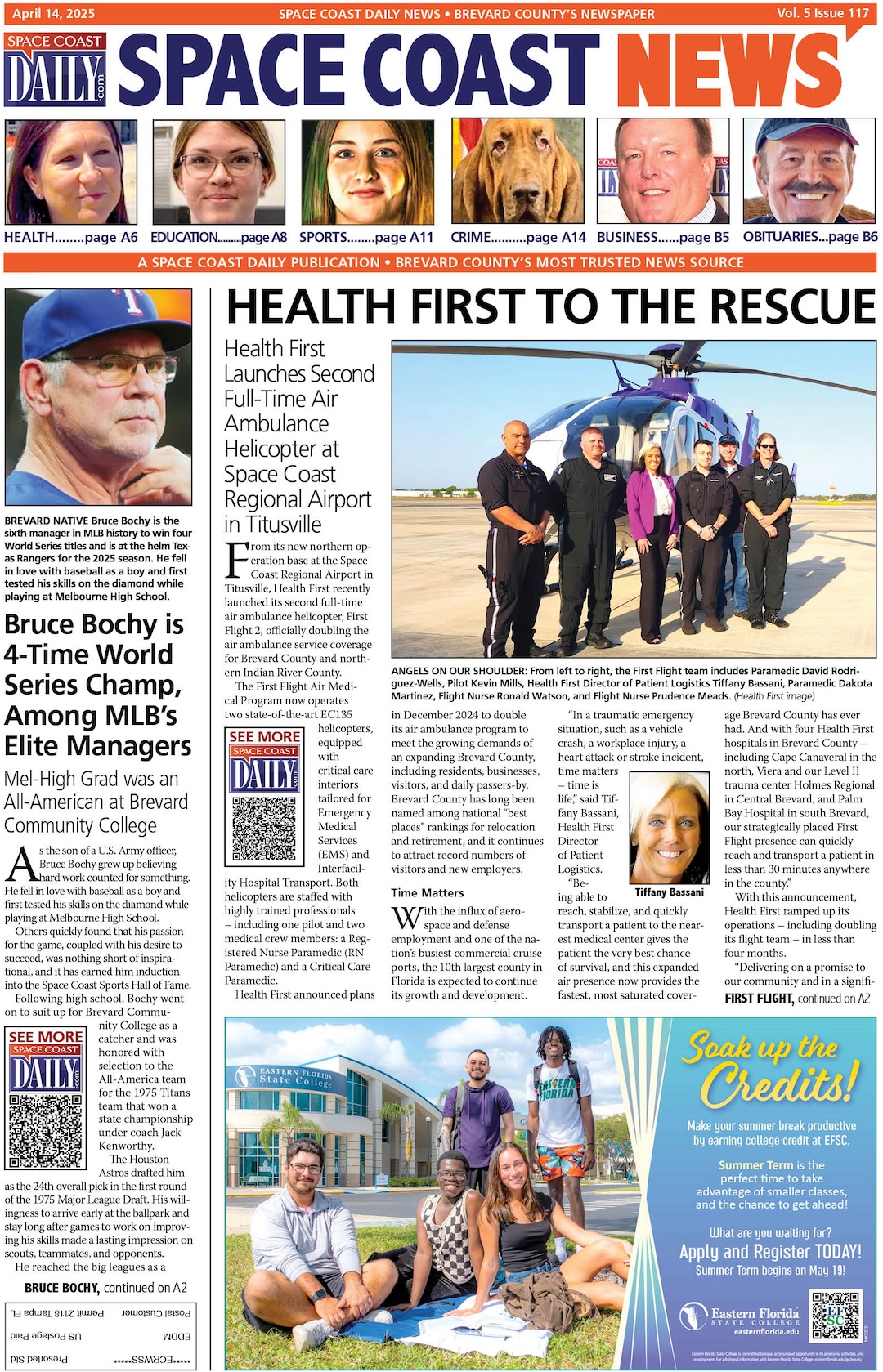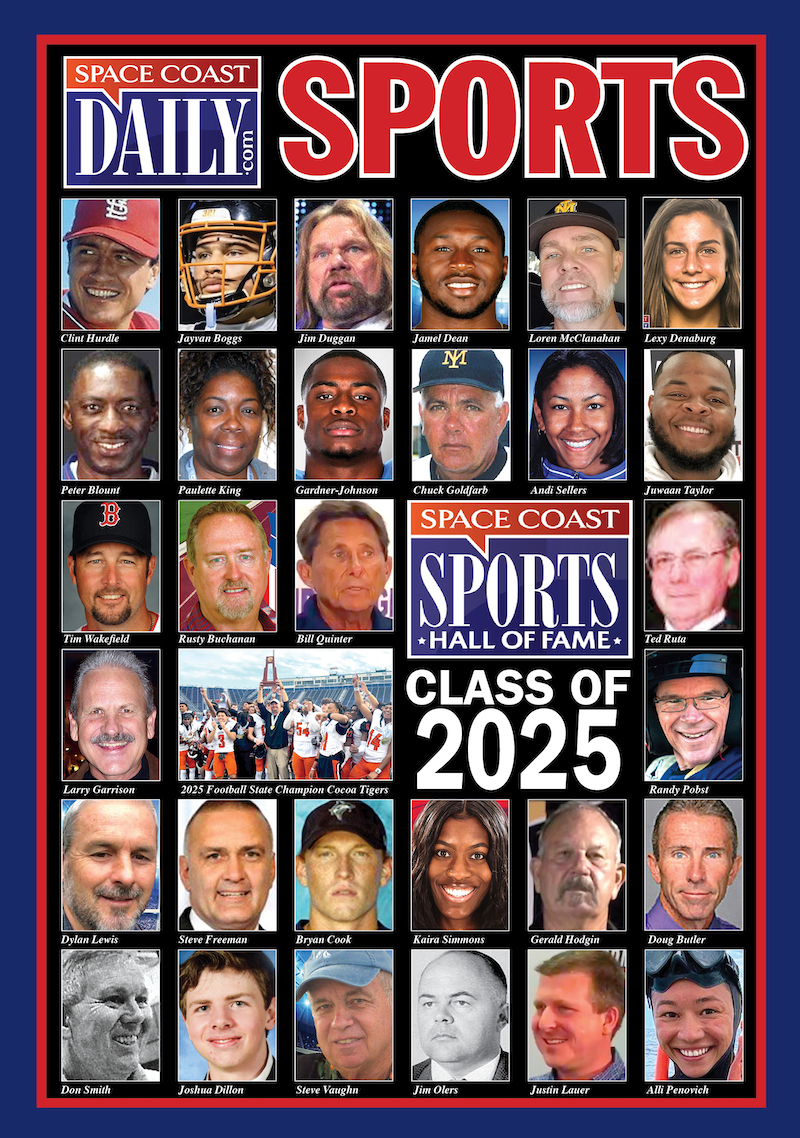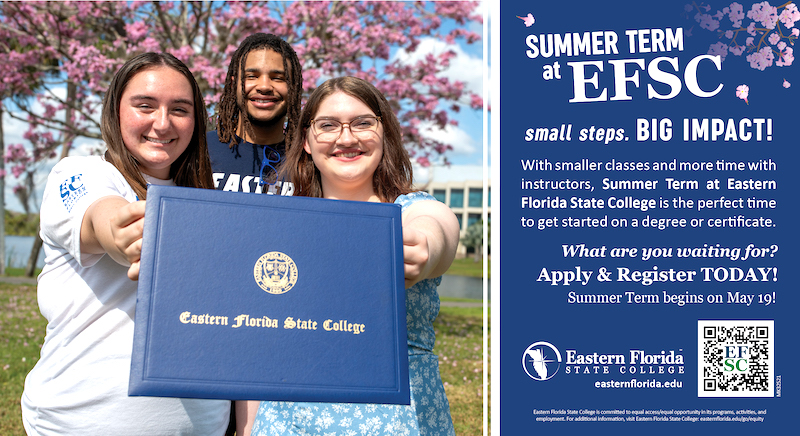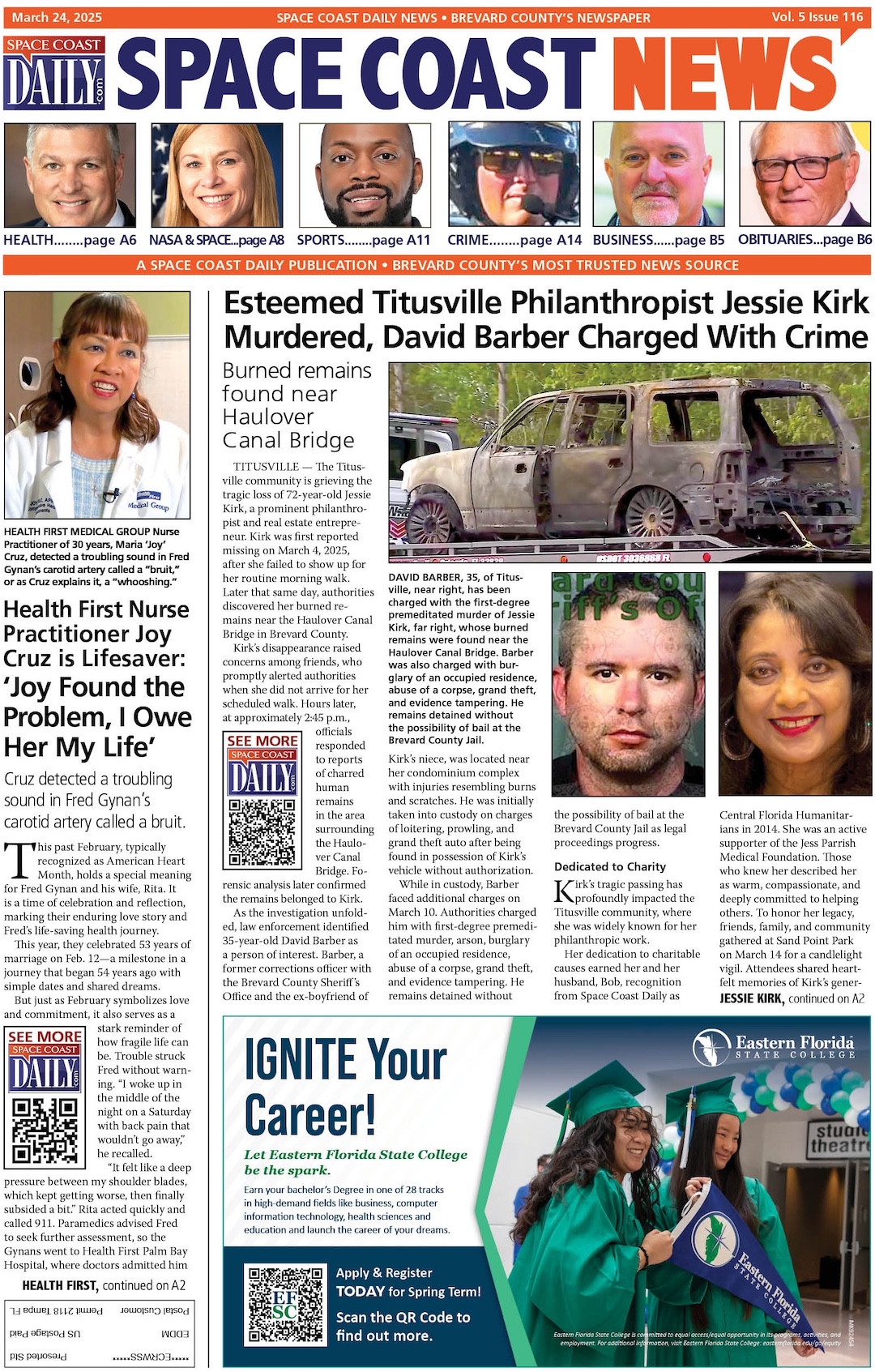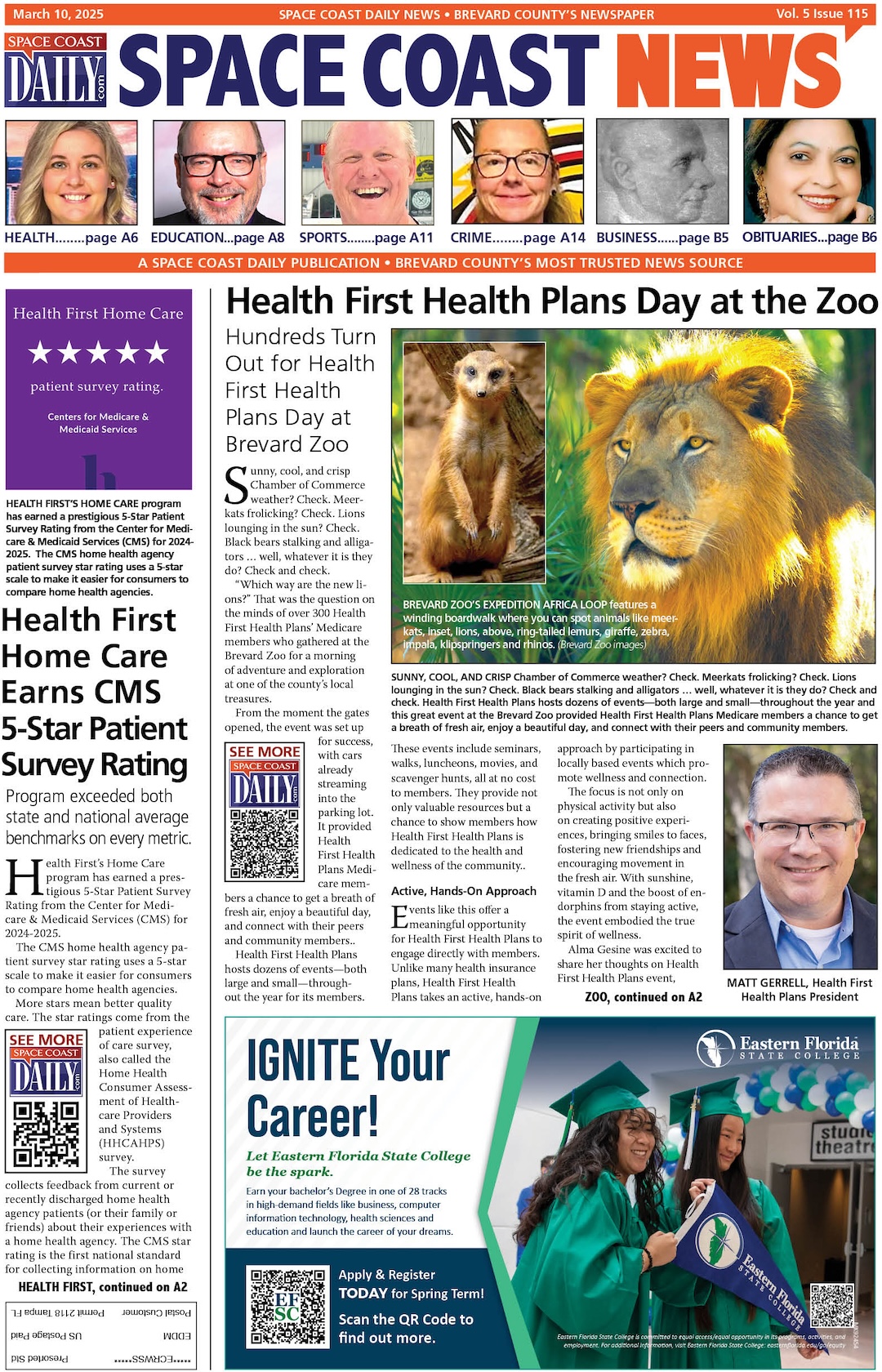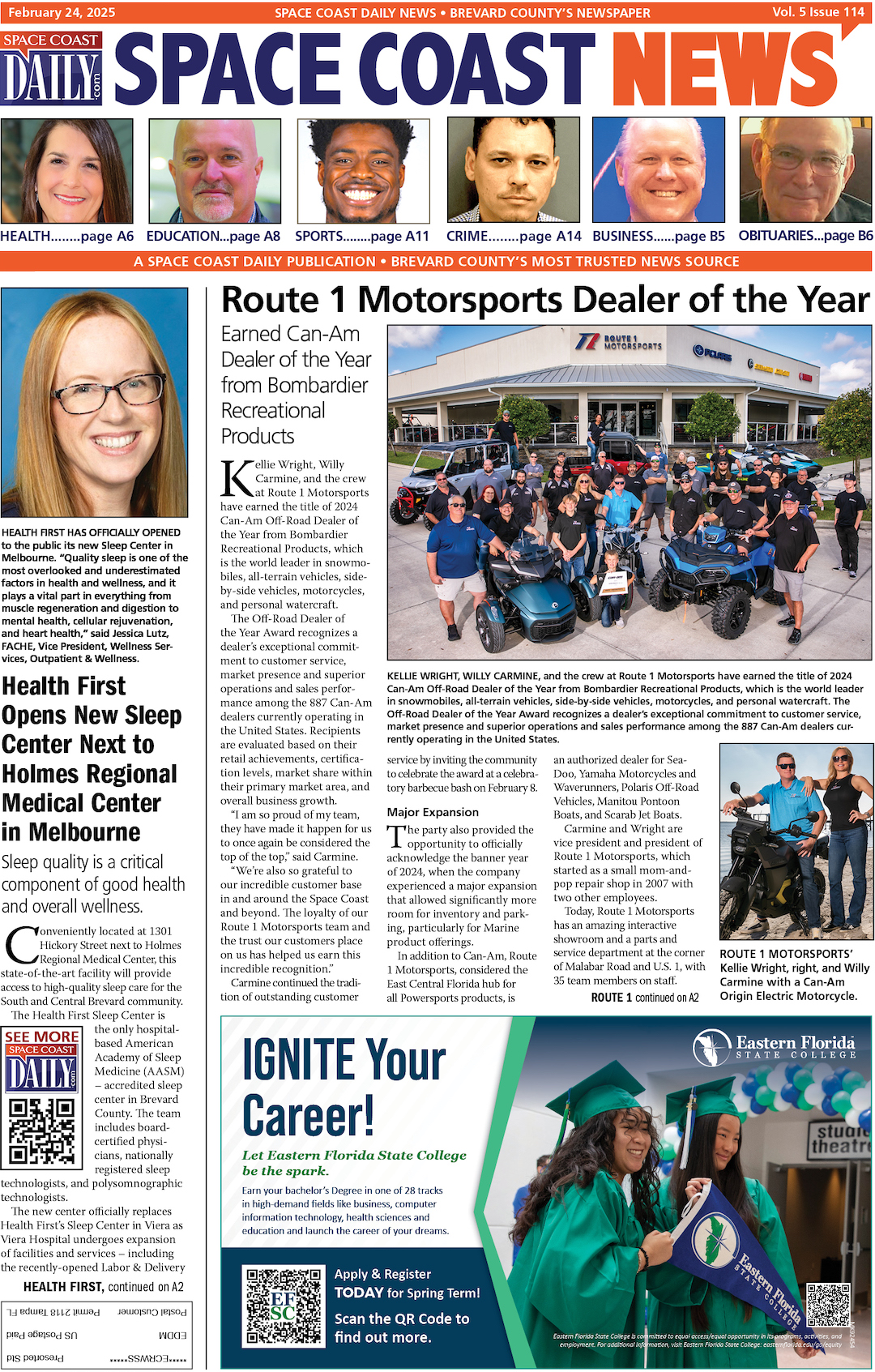Musical Bingo on the Rise in New Zealand 2025
By Space Coast Daily // April 3, 2025
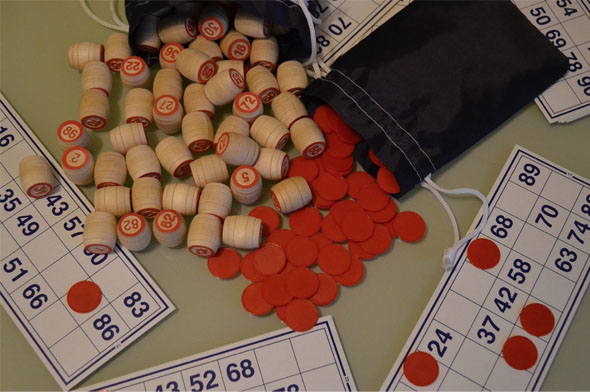
New Zealand is famous for its rich bingo culture, a tradition that brings communities together and fosters social interaction. In 2025, however, a fresh twist on this classic game is capturing the public’s interest: musical bingo.
This creative version combines classic bingo with the thrill of music, creating an enjoyable experience for both old fans and newcomers.
Musical bingo is a new take on traditional bingo, keeping its core elements intact. Instead of simply calling out numbers, organisers now play short fragments of popular songs, challenging players to recognise the tune and mark it off on their bingo cards. This subtle twist retains the core elements of the traditional game but injects it with modern energy and variety. Moreover, the integration of music appeals to a broader demographic, inviting younger audiences into a pastime dominated by older generations.
New Zealand’s Bingo Scene
Here are a few reasons why musical bingo is growing in popularity and gaining acceptance:
- Modern Twist on Tradition:
Musical bingo blends the classic bingo tradition with modern music for a new experience. - Broad Demographic Appeal:
The game bridges generations. Younger players are drawn in by the musical challenge, while older players appreciate the familiar structure and the continuity of traditional bingo calls. - Versatility in Venues:
Whether hosted in vibrant urban venues or cosy community halls, musical bingo adapts to various environments, ensuring that it remains accessible and engaging.
Moreover, the excitement generated by musical bingo events highlights a broader trend in experiential entertainment. People have always sought experiences that are interactive, memorable, and thrilling. Musical bingo delivers on all these fronts, making it a promising addition to New Zealand’s long-standing bingo tradition.
The Rise of Musical Bingo
Musical bingo is a new version of traditional bingo, in which numbers are replaced with songs. Players get bingo cards filled with song titles or artists instead of numbers. A host plays short clips of songs, and players mark them off if they match their cards.
Instead of traditional bingo calls, the challenge is recognising the songs. The first player to complete a line or full card yells “Bingo!” to win.
How Musical Bingo Works
The game follows a structured format similar to traditional bingo, with a few key differences:
- Gameplay Structure:
-
- Traditional Bingo: Relies on a host calling out random numbers using well-known bingo calls.
- Musical Bingo: Replaces numbers with carefully selected song parts, adding an auditory challenge to the mix.
In addition, musical bingo events are hosted in diverse settings. Urban centres such as Auckland and Wellington now feature trendy bars and cafes hosting these lively sessions, whereas community centres in smaller towns offer a more relaxed, traditional environment. This versatility ensures that musical bingo can cater to different tastes and social settings without losing its connection to the classic game.
Comparing Musical Bingo and Traditional Bingo
Despite its modern twist, musical bingo shares many similarities with its traditional counterpart. Both formats are built on the same foundation of structured gameplay and communal joy. Just like classic bingo calls announce numbers, musical bingo relies on song clips to signal which squares to mark.
- Structured Gameplay:
Both versions are guided by clear rules. Whether it’s the familiar bingo calls or the rhythm of music, players appreciate the fun nature of the game. - Social Engagement:
Traditional bingo events have always been about more than winning—they’re about spending time together and sharing laughter. Musical bingo keeps this tradition, offering a fresh yet familiar environment that encourages interaction. - Element of Surprise:
The suspense of waiting for the next number or tune is central to both games. This element of surprise keeps players engaged, regardless of whether they are tracking numbers or listening to their favourite song.
Therefore, while musical bingo introduces new elements, it does not stray far from traditional bingo.
Looking to the Future
The future of musical bingo in 2025 seems bright. Statistical data predicts growth in both revenue and player participation in the coming years. Organisers are experimenting with hybrid events that combine the best of both worlds—traditional bingo calls mixed with dynamic musical rounds. This helps keep bingo’s classic charm alive while boosting community engagement, even as new entertainment options appear.
On the other hand, traditional bingo is a popular game that is still a big part of New Zealand’s culture. Both versions together add variety to entertainment and keep the long history of a game that has united people for decades alive.
It’s also important to note that bingo in New Zealand, including musical bingo, is regulated by the Department of Internal Affairs (DIA). The game falls under the Housie Game Rules, ensuring fair play, responsible gaming, and compliance with local laws.
Lastly, musical bingo represents an exciting evolution in New Zealand’s bingo culture. It preserves the core elements that have made traditional bingo so popular—such as structured gameplay, social interaction, and the thrill of bingo calls—while introducing fresh, modern twists that resonate with younger audiences. Therefore, whether you are a seasoned bingo veteran or a newcomer intrigued by musical bingo, New Zealand offers a dynamic and inclusive environment where both forms of the game can thrive together.

